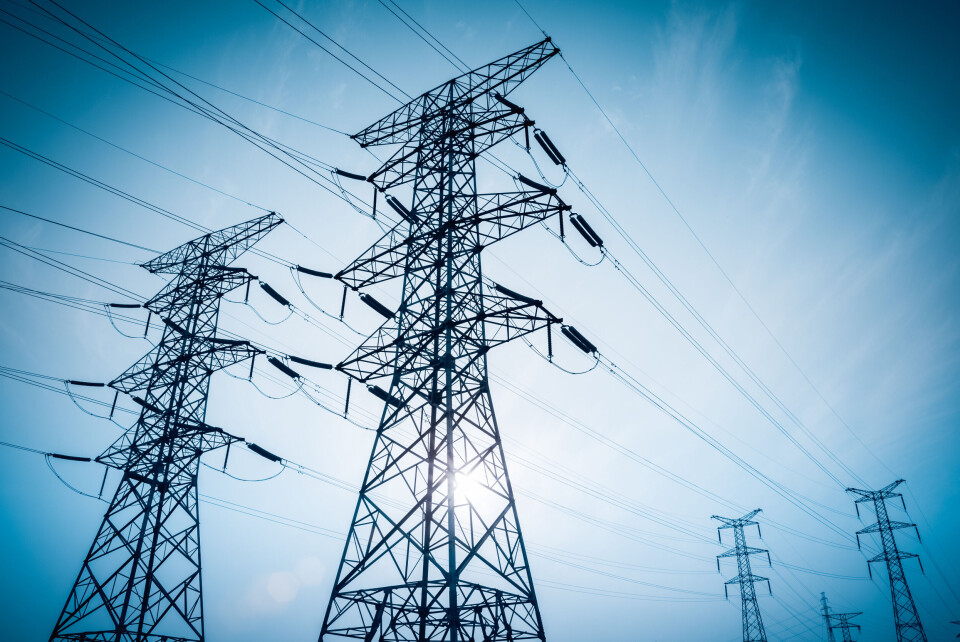-
Travellers risk extra costs under new Eurotunnel ticket rule
Some fare options are less flexible and less forgiving of lateness
-
May will be difficult month for train travel in France, warns minister
Two major train unions are threatening to strike and are ‘not willing to negotiate’, he says
-
Larousse dictionary adds 150 new French words - which ones do you know?
The new words come from trends in sport, nature, leisure, food, medicine, and the rest of the French-speaking world
People's energy-saving efforts reduce electricity use in France
Consumption is down 10% compared to average for 2014-2019, although usage is heavily dependent on factors such as the weather

French electricity consumption has been falling since September, and this last week usage is down 10% compared to the average for 2014-2019.
This is a result of the measures taken by the public to reduce consumption on the request of the government and electricity suppliers.
Over the last four weeks, electricity consumption has been down 9% compared to the 2014-2019 average.
Data on the electricity usage of people in France is released each week by network operator RTE. This week, it stated that: “Over the first half of 2022, electricity consumption at normal temperatures has remained close to the levels seen before the Covid crisis (although 1-2% less).”
However, from September people’s efforts to use electricity more sparingly became evident.
This has meant that the EcoWatt barometer of the pressure being placed on the electricity network has so far remained on green, indicating that supplies are not being placed under significant strain.
If there is too much demand for electricity supplies and the EcoWatt tool issues a red alert, network providers will have to plan two-hour-long power cuts unless usage drops immediately.
Read more: How likely is it that France will require power cuts this winter?
Read more: How would planned power cuts affect schools in France?
Why does electricity usage fluctuate?
RTE has identified several factors that contribute to the pressure placed on the electricity supply network, as well as how suppliers react to this demand.
The first is weather conditions: the colder it gets the more people turn their heating on. In winter, for each degree colder it becomes, the output required from the electricity network increases by 2,400 megawatts (MW).
In order to compare consumption from one year to the next, statisticians therefore record the average temperatures for each season published by Météo France.
The cold weather of this week may mean that usage rises further towards the average for 2014-2019.
Electricity consumption also depends on the day of the week. For example, on a winter weekend when people are inside their homes more, households may use more electricity than they would during the week. Offices, meanwhile, would use a lot more on a weekday.
Suppliers therefore adjust their expectations for each day depending on whether it is a weekday, weekend or public holiday.
Consumption patterns changed significantly during the Covid crisis when everyone was at home most of the time so RTE does not use the years 2020 and 2021 in its averages.
Once these factors have been taken into account RTE can work out the effect of people’s efforts at restraint.
RTE has predicted that red EcoWatt alerts may be more likely in January, but that this depends on the weather conditions in that month.
Related articles
French power cuts: what about lifts, cash machines or electric locks?
French power cuts: will we be notified in advance if in area affected?
At what times would controlled power cuts occur this winter in France?
























